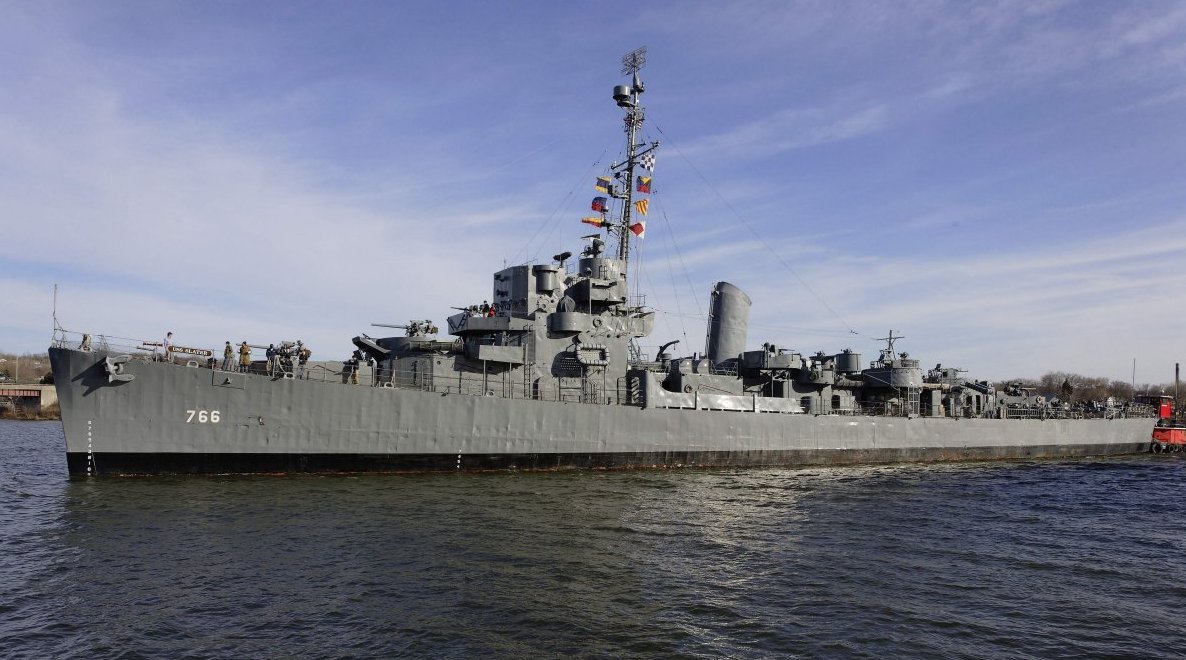Naval Battle of Guadalcanal
Today marks the 70th anniversary of the opening shots of the Naval Battle of Guadalcanal, a series of vicious battles between the US and Japan that helped to bring about the end of the Guadalcanal campaign. The battles were triggered by a major Japanese attempt to eliminate the US beachhead surrounding Henderson Field. A powerful Japanese surface force composed of two battleships, one cruiser and eleven destroyers sailed for Guadalcanal on 12 November with the intention of shelling Henderson Field into oblivion. The Japanese force was soon spotted by aerial reconnaissance and Allied coast watchers.
Meanwhile, a large American resupply convoy arrived at Guadalcanal on the 11th. Their unloading efforts were quickened once word of the approaching Japanese force reached Guadalcanal on the 12th. As the transports and their escorting cruisers and destroyers attempted to clear the area, they came under attack by a large formation of Japanese G4M “Betty” bombers. Most of the attackers were shot down by concentrated anti-aircraft fire and Wildcats from Henderson Field, but one “Betty,” probably with a dead pilot, crashed into USS San Francisco’s aft machine gun platform and then fell overboard into the sea.

USS San Francisco (center) burns after being struck by a “Betty” bomber.
Fifteen men were killed in the crash, including all twelve men on the machine gun platform. Each of those men, who kept firing at the plane even as it crashed into them, were honored by having a destroyer escort named after them. One of those ships, the USS Slater DE-766, is preserved today as a floating museum in Albany, New York.

USS Slater DE-766, named in honor of Seaman Frank Slater, killed aboard USS San Francisco 12 November 1942.
After the transports cleared the area, the escorting cruisers and destroyers were ordered to turn back and attempt to drive off the approaching Japanese surface force. Although the American ships were vastly outgunned, they were the only US warships available at the time. As daylight faded on the evening of 12 November 1942, the US and Japanese forces steamed towards each other. They would soon meet in one of the shortest and bloodiest naval battles of the Pacific War.
Posted by Curator Eric Rivet
- Posted :
- Post Category :
- Tags : Tags: Guadalcanal, Navy
- Follow responses to this entry through the RSS 2.0 feed. You can skip to the end and leave a response. Pinging is currently not allowed.




Leave a Reply